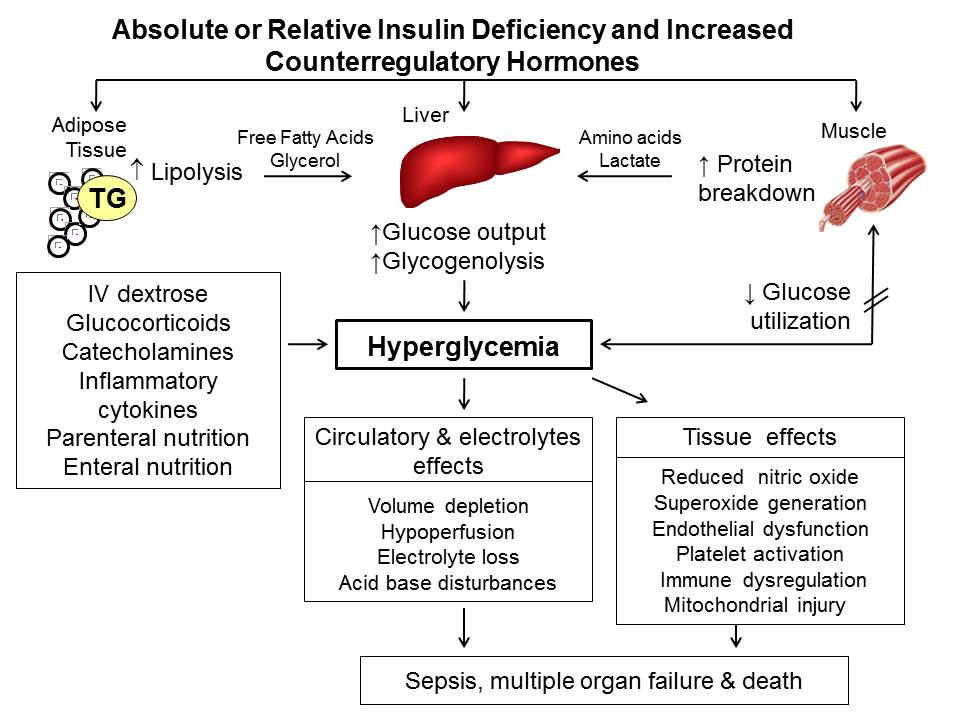
Figure 1. Pathogenesis of hyperglycemia.
Hyperglycemia results from increased hepatic glucose production and impaired glucose utilization in peripheral tissues. Reduced insulin and excess counterregulatory hormones (glucagon, cortisol, catecholamines and growth hormone) increase lipolysis and protein breakdown (proteolysis), and impair glucose utilization by peripheral tissues. Hyperglycemia causes osmotic diuresis that leads to hypovolemia, decreased glomerular filtration rate, and worsening hyperglycemia. At the cellular level, increased blood glucose levels result in mitochondrial injury by generating reactive oxygen species, and endothelial dysfunction by inhibiting nitric oxide production. Hyperglycemia increases levels of pro-inflammatory cytokines such as TNF-α and IL-6 leading to immune system dysfunction. These changes can eventually lead to increased risk of infection, impaired wound healing, multiple organ failure, prolonged hospital stay and death. Adapted from ref (16).
